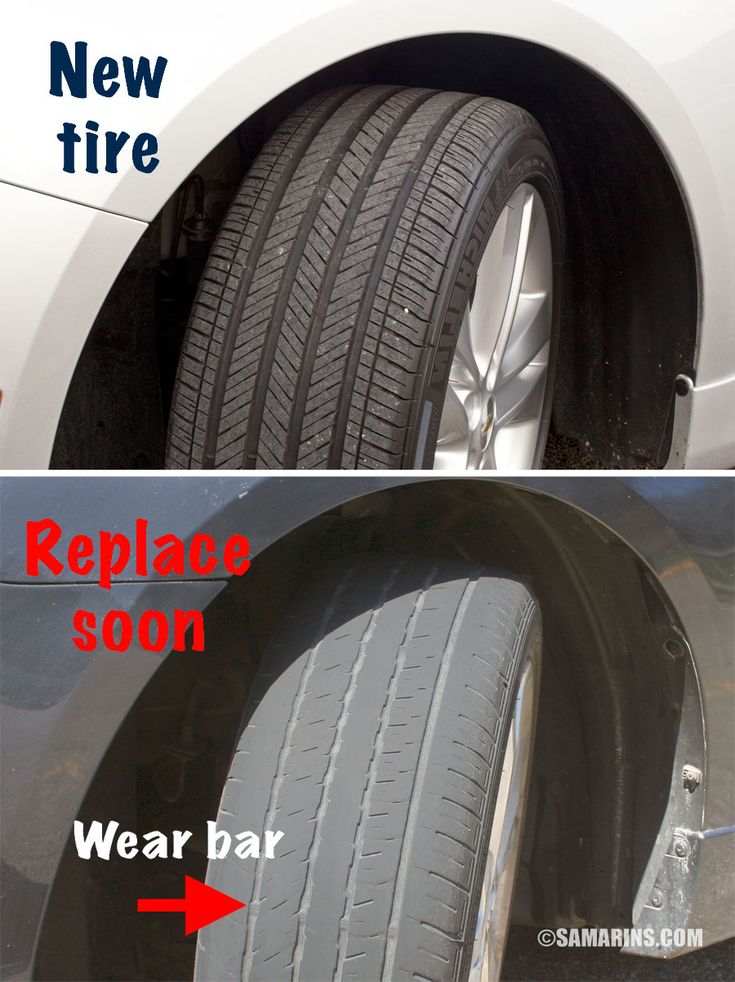Tire tread has the capacity to affect your vehicle’s safety and performance while on the go. While you might not think about your tire tread every time you drive, it is important to check in every once in a while to ensure that your tires are in good working order. Ready to talk about tire tread depth? Let’s dive in.
The tread depth of the tire is a vertical measurement between the top of the tread and the lowest groove. In the U.S., tire tread depth is measured in 32nds of an inch. When tires are brand new, they have tread depths from 10/32 to 11/32.
In the United States, tires are required by law to have easily recognizable tread wear indicators. As the tire tread wears down, it eventually becomes level with the tread wear indicator. At this point, the tire should be replaced. It has too little tread left to provide traction. If safety weren’t persuasive enough, keep in mind that it is also illegal to drive with bald tires.
The minimum legal limit is 2/32 of an inch. This doesn’t mean that tires are perfectly safe if they have 3/32 left of tread. This is simply the limit at which you won’t pass your state safety inspection. Your tires become incrementally less safe as the tread wears down.
When it comes to safety, your tires are literally where the rubber meets the road. Sufficient tire tread depth is necessary for safe turning and braking.
Low tire tread depth can spell disaster for your drive, including:
If you live in an area where it rains or snows frequently, consider replacing tires when they reach 4/32 of an inch. With worn tires, you are at risk of hydroplaning on wet roads. This is when the tire can’t channel the water through the grooves. The car rides along the top of the water instead of staying in contact with the asphalt. As such, the tires can’t respond to the steering system. If you have experienced it, you know how terrifying it can be. In icy or snowy conditions, low tread depth makes it harder to stop. You can also fishtail when accelerating or slide sideways when turning.
This is when the tire can’t channel the water through the grooves. The car rides along the top of the water instead of staying in contact with the asphalt. As such, the tires can’t respond to the steering system. If you have experienced it, you know how terrifying it can be. In icy or snowy conditions, low tread depth makes it harder to stop. You can also fishtail when accelerating or slide sideways when turning.
There are special considerations for driving in hot weather as well. If you are heading into summer and your tires are near the end of their lifespan, be aware that they wear down faster on hot roads.
Easy peasy. All you need to check your tire tread depth is a penny. Insert the penny with Abraham Lincoln’s head upside down. If the top of Abe’s head is showing, it’s time for new tires. Tamara shows you how to do it in this video.
Be thorough when you measure your tread depth.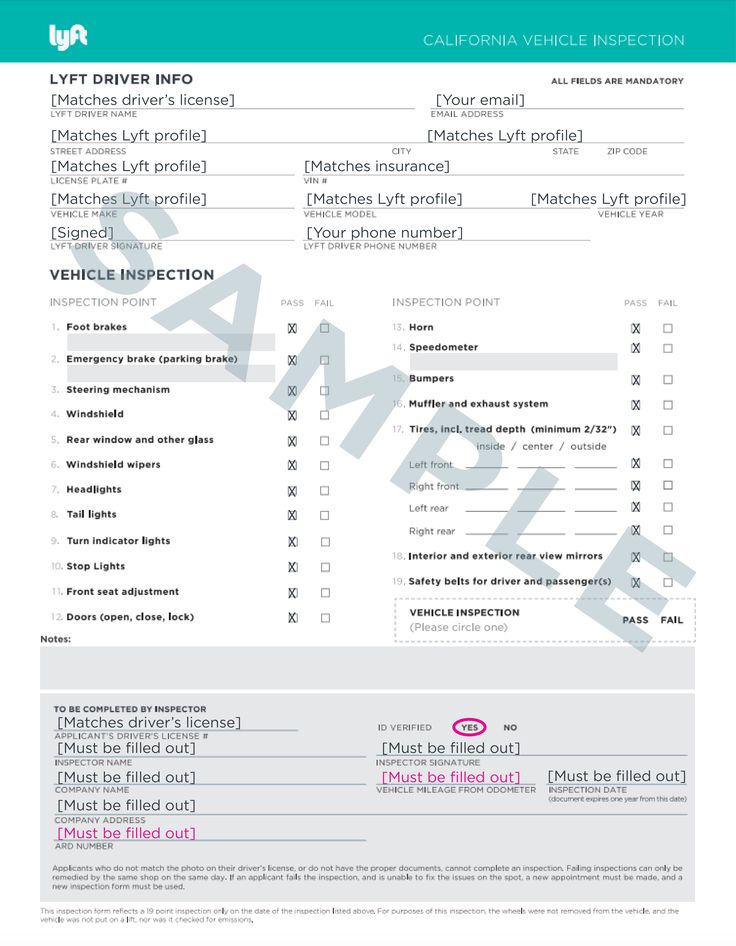 Insert the penny in several places around the tire. It’s not uncommon to have uneven tread wear. Measuring in several places will compensate for this.
Insert the penny in several places around the tire. It’s not uncommon to have uneven tread wear. Measuring in several places will compensate for this.
Having the proper air pressure in your tires is also critical. Tire air pressure is expressed as a number followed by PSI. This stands for pounds per square inch. 28 PSI means 28 pounds per square inch. It is a measurement of the force inside the tire applied to one square inch. You can check the recommended tire pressure for your car in your owner’s manual or on a sticker inside the driver’s side door. For most vehicles, it is around 32 PSI.
If your pressure is too low, your tires will wear out quicker. You will also get poorer gas mileage. This is because it’s harder for your engine to propel a vehicle riding on squishy tires. Low tire air pressure also results in a jerkier ride. Thankfully, there are plenty of easy ways to score a free tire pressure refill.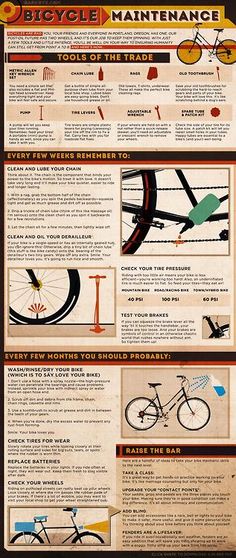
If you discover that your tires are too low, fill to the correct pressure. Don’t assume ‘more is better’. There are problems with overinflation as well. When a tire has too much air, it doesn’t have as much surface area in contact with the pavement. This makes it more difficult to handle. It also increases the risk of a blowout. At high speeds, a blowout can be deadly.
Since the early 1970s, the National Highway Traffic Safety Administration (NHTSA) and international counterparts were concerned about the dangers of low air pressure. They were seeking technology that could warn drivers. Evidence was mounting that underinflated tires were a factor in thousands of car accidents each year. At the end of the decade, the NHTSA was also motivated by the energy crisis. Tire air pressure affects fuel economy.
Tire pressure sensing technology became available in the 1980s and was first used by Porsche on the 1987 Porsche 959. In the U.S., TPMS was federally mandated beginning with the 2007 model year.
In the U.S., TPMS was federally mandated beginning with the 2007 model year.
There are two types of TPMS, indirect and direct. Direct pressure detectors are located on the tire stems. If the sensor detects a significant drop in pressure, it sends an alert to the engine computer—resulting in a dashboard warning light. The indirect type uses the antilock brake system to detect low pressure by measuring wheel speed. Tires revolve at different speeds depending on air pressure. The indirect method is less reliable and has been largely phased out among manufacturers.
At Chapel Hill Tire, we have been providing professional automotive service to North Carolina drivers since 1953. We help our valued clients choose the right tire and protect their tire investment with alignment and wheel balancing services.
Do you need new tires in Cary, Apex, Carrboro, Chapel Hill, Raleigh, or Durham? Our experts can help you find the right tires for your vehicle at the lowest possible price.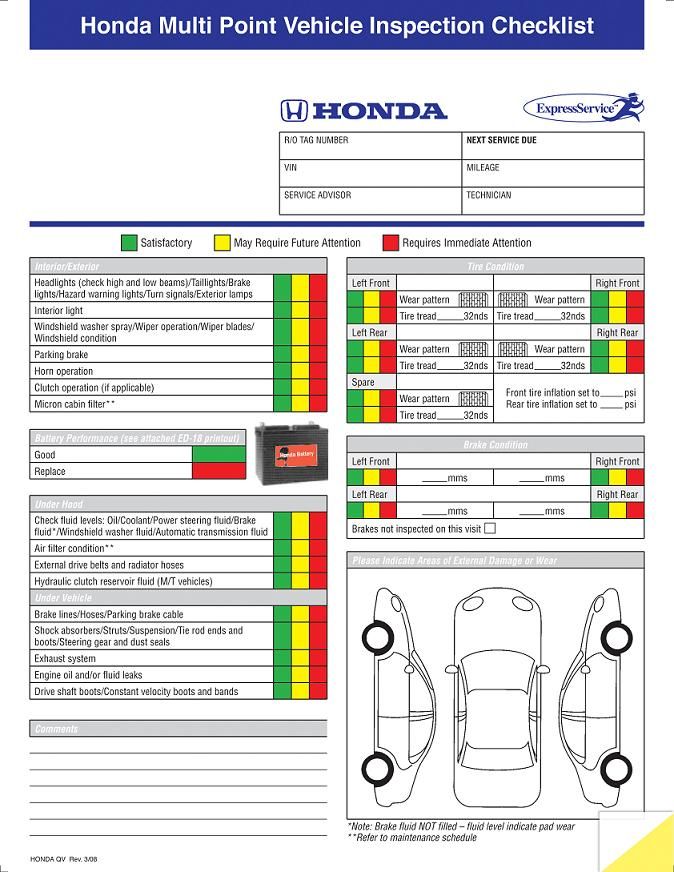 With our Price Beat Guarantee, you can ensure you are getting the best possible price on new tires in the Triangle. Schedule an appointment at one of our 10 Triangle-area service centers. We look forward to welcoming you to Chapel Hill Tire!
With our Price Beat Guarantee, you can ensure you are getting the best possible price on new tires in the Triangle. Schedule an appointment at one of our 10 Triangle-area service centers. We look forward to welcoming you to Chapel Hill Tire!
Back to Resources
Posted on
The depth of a tire’s tread is one of the most obvious indications of its performance. Tread depth is also a safety issue and therefore subject to government regulation and inspection. It’s especially important to inspect your truck’s tires when they wear down. Several methods of inspecting tires are available, ranging from the highly scientific to the very casual.
A tire’s tread helps it to maintain traction with the road, especially in wet or icy conditions. The specific pattern of the tread determines the conditions for which the tire is best suited.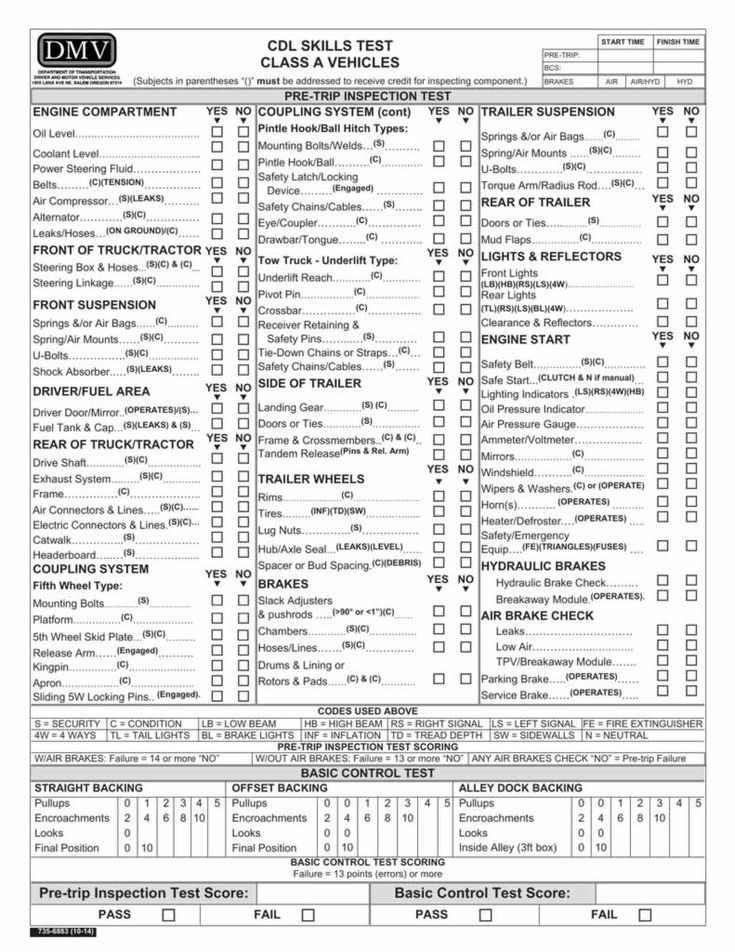 For example, the treads on rain tires are generally V-shaped, allowing them to quickly channel water away from the tire’s driving surface. In comparison, snow tires have unusually deep treads that allow them to dig into snow and other soft surfaces more deeply. The rubber on the tire’s driving surface wears off with use, which reduces tread depth over time. Snow tires wear out more quickly because they’re made of a softer rubber that makes greater contact with the road. Understanding the specific type of tires on your truck will ensure you’re able to properly care for them throughout the year.
For example, the treads on rain tires are generally V-shaped, allowing them to quickly channel water away from the tire’s driving surface. In comparison, snow tires have unusually deep treads that allow them to dig into snow and other soft surfaces more deeply. The rubber on the tire’s driving surface wears off with use, which reduces tread depth over time. Snow tires wear out more quickly because they’re made of a softer rubber that makes greater contact with the road. Understanding the specific type of tires on your truck will ensure you’re able to properly care for them throughout the year.
Tread depth may be measured in sixteenths of an inch, with 5/16 inches being a common depth for a new, all-season tire. Tires are generally unsuitable for snow and rain when their tread depth is less than 3/16 inch, due to the greater traction these conditions require. A deeper tread is needed in snow to maintain maneuverability and control. Wet surfaces also require a greater tread depth to avoid hydroplaning, a condition that prevents tires from getting any traction all.
Tires shouldn’t be used under any conditions once the tread depth reaches 1/16 inch and should be replaced immediately. Most states also require tires to have a tread depth of at least 1/16 inch before they can pass inspection. Inspectors measure the tread depth on truck tires at about 15-inch intervals and usually measure more than one tread.
The tires on all vehicles generally must be inspected by the state once per year, although commercial trucks have more stringent requirements. You should also inspect your own tires when they reach their maximum recommended mileage or if you’re buying used tires. Used tires should have more than 1/16 inch of tread to ensure that you get some use out of them.
Tire manufacturing in the United States is regulated by the Federal Motor Vehicle Safety Standards (FMVSS). It requires all commercial tires to have wear bars, also known as wear indicators or tread bars. Most tires have at least six wear bars, although tires with a rim diameter of 12 inches or less may have as few as three wear bars. Wear bars are a series of raised features in the bottom of the tire tread which create a specific pattern in the molding of the tire. They typically have a height equal to the minimum tread depth allowed for the tire, typically 1/16 inch. The wear bars discolor the tire when they come into contact with the road surface, providing the vehicle owner with a visual cue that the tire has reached its minimum tread depth. A tire that shows this discoloration should be replaced before the next inspection, since it probably won’t pass.
Wear bars are a series of raised features in the bottom of the tire tread which create a specific pattern in the molding of the tire. They typically have a height equal to the minimum tread depth allowed for the tire, typically 1/16 inch. The wear bars discolor the tire when they come into contact with the road surface, providing the vehicle owner with a visual cue that the tire has reached its minimum tread depth. A tire that shows this discoloration should be replaced before the next inspection, since it probably won’t pass.
A tread depth gauge provides the most accurate method for measuring tread depth. These devices are readily available in automotive stores and other retail outlets. Tread gauges are typically accurate to the nearest 1/32 inch, and modern versions have a digital display to eliminate human error from the measurement. Truck tires are considered legally worn out when they have worn down to 2/32″ of remaining tread depth, according to RightTurn.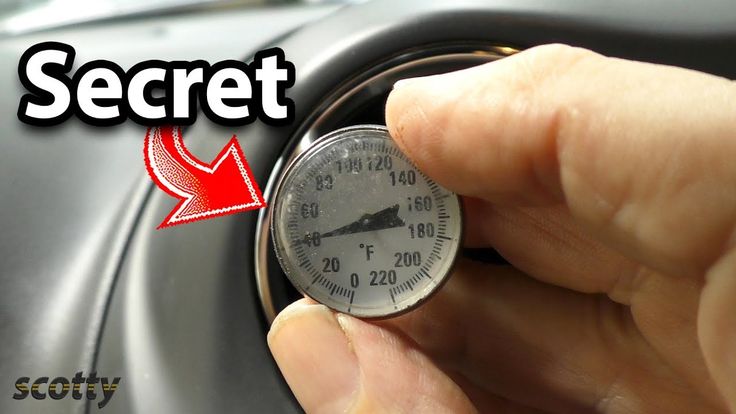 Tire dealerships are able to measure the tread depth on your tires with a gauge, usually as part of a general tire inspection.
Tire dealerships are able to measure the tread depth on your tires with a gauge, usually as part of a general tire inspection.
Tire cracking is generally the result of tire age, although there are several other causes that may also result in the premature cracking of your truck tires. Unbeknownst to most people, tires that are not in use will also crack overtime, due to the fact that “electric motors can create ozone that degrades the rubber in tires” (rightturn.com). Typically, tire cracking occurs on the sidewall of the tire, as opposed to other areas of the tire. Factors such as excessive heat, exceeding a tire’s load limit and the improper use of cleaning chemicals may also crack your truck’s tires. Ensure you’re using the best type of tire cleaner for your tires by consulting an expert at a tire dealership.
Examining a tire’s treads and sidewalls will ensure you’re aware of any warning signs that your tires need to be replaced, such as cracking and excessive wear.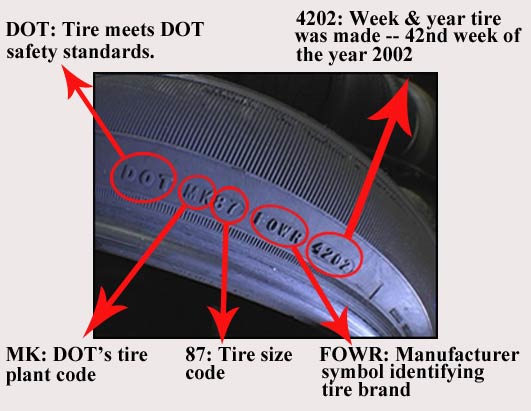 The sidewall of a tire supports the weight of the vehicle and helps absorb shock from bumps in the road, according to RightTurn. Underinflated tires are among the most common factors that result in damage to a tire’s sidewall. “Air inside the tire holds the sidewall securely against the rim. The sidewall is layered with sturdy rubber in order to hold its form and keep air inside the tire.” (www.rightturn.com)
The sidewall of a tire supports the weight of the vehicle and helps absorb shock from bumps in the road, according to RightTurn. Underinflated tires are among the most common factors that result in damage to a tire’s sidewall. “Air inside the tire holds the sidewall securely against the rim. The sidewall is layered with sturdy rubber in order to hold its form and keep air inside the tire.” (www.rightturn.com)
To ensure your tires are being properly maintained, it’s important to have your vehicle’s tires rotated every 5,000-6,000 miles. An easy way to remember to have your tires rotated is to request a rotation every other time you receive an oil change (which is typically 3,000 miles). Some newer vehicles require less oil changes, so it’s important to note that if your tires have more than 6,000 miles on them in between oil changes, you’ll need to schedule a separate tire rotation to ensure tire safety.
Tire rotation is necessary as your vehicle’s front and back tires are generally used for different things; your front tires are responsible for steering the vehicle, while back tires are generally more stationary in terms of lateral movement.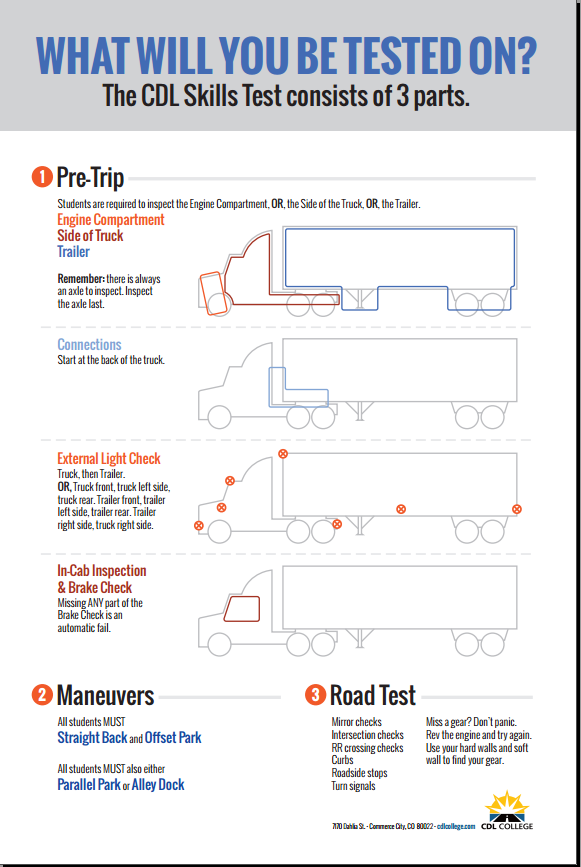 Therefore, rotating your tires ensures the wear of all the tires on a vehicle will remain relatively consistent. Schedule an appointment with a truck dealership or certified auto mechanic to rotate your tires.
Therefore, rotating your tires ensures the wear of all the tires on a vehicle will remain relatively consistent. Schedule an appointment with a truck dealership or certified auto mechanic to rotate your tires.
Vehicle owners traditionally used a penny, or a quarter, to estimate tread depth, although this method is less common today. To try this method yourself, insert a penny into a tire’s tread so that Lincoln’s head goes into the tread first. Ensure the edge of the penny is touching the bottom of the tread, rather than a tread bar. The distance from the edge of a penny to Lincoln’s head is about 1/16 inch, so you need to replace your tires if you can see the top of Lincoln’s head. To test additional areas around the tire, examine both the inner and outer grooves of the tire in areas at least 15 inches apart. This will help you detect whether there are any strange wear patterns throughout the tire, which may be the result of a mechanical issue.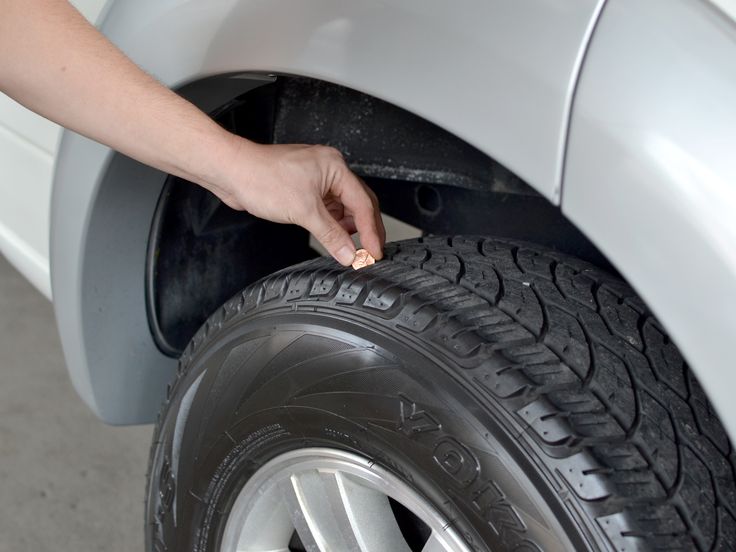
Properly maintaining your vehicle’s tires is key to the lifespan of the tire, as well as a driver’s safety. Trying the penny test is one simple way to check tire tread. By consistently rotating tires every 5,000-6,000 miles, and keeping an eye on tire cracking, you will also extend the life of your tires. Consult a tire dealer with any specific questions related to tire maintenance or issues.
CategoriesTruck News & InfoFresh number
RG-Nedel
Rodina
thematic applications
Union
Fresh
Category:
Cars 9000.05.2021 08:11
Tighter inspection requirements have turned into problems for owners of cars with non-standard wheels. There are a few things to keep in mind for everyone who goes to get a diagnostic card.
Alexey Maishev/RIA Novosti
First, you should pay attention to the strict use of manufacturer-approved rims and tires. If earlier it was possible to increase the clearance due to this or give the car a more sporty look, now such innovations are a direct path to refusing to pass a technical inspection. Check the plate on the body pillar on the inside of the door: the allowable dimension is indicated there.
If earlier it was possible to increase the clearance due to this or give the car a more sporty look, now such innovations are a direct path to refusing to pass a technical inspection. Check the plate on the body pillar on the inside of the door: the allowable dimension is indicated there.
The second point is the presence of hernias and damage to the cord. These defects do not allow the tires to properly hold pressure, writes aif.ru. If the pressure drops, controllability will decrease, and this is already a matter of road safety.
This also includes tires with damaged edges. This happens when the wheel flies into a hole at high speed, and flies out without a part of the rubber peeled off on the sharp edges of the asphalt. Even if such a wheel, from the point of view of the car owner, behaves normally on the road and holds pressure, it will have to be replaced before passing the inspection. Repairing cuts with vulcanization is also not an option.
The next point concerns old wheels.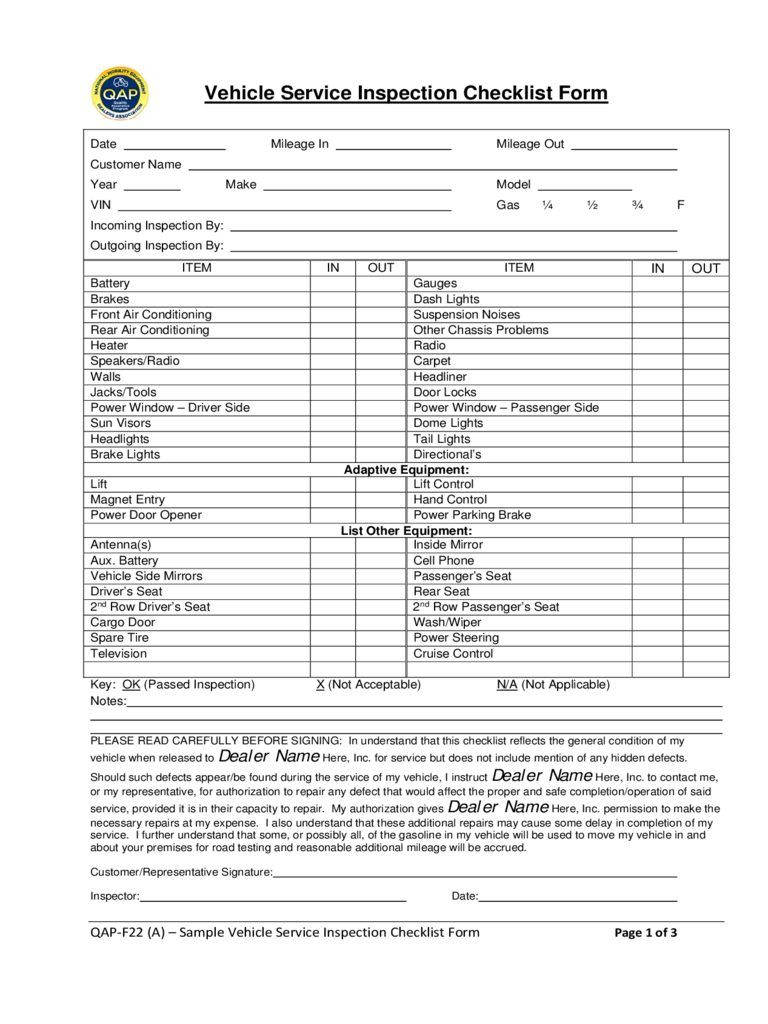 Even if the tires are not very worn out, the tread is normally preserved, but they were put on the car more than 5-7 years ago, there will be problems with the technical inspection. Over time, any rubber loses its properties, traction with the road surface disappears. New tires are a safety issue. The age of the tire can be determined by the markings embossed on the side. Therefore, it will not work to mislead the specialists of maintenance points.
Even if the tires are not very worn out, the tread is normally preserved, but they were put on the car more than 5-7 years ago, there will be problems with the technical inspection. Over time, any rubber loses its properties, traction with the road surface disappears. New tires are a safety issue. The age of the tire can be determined by the markings embossed on the side. Therefore, it will not work to mislead the specialists of maintenance points.
Any violations in the wheel fastenings are a reason to refuse inspection. It is important to pay attention not only to the presence or absence of bolts and nuts, but also to their conformity to shape and dimension.
And the last point is the seasonality of the wheels. In winter, the diagnostic card does not shine for a car owner with summer tires, in summer - with winter ones. On the same axle, the wheels must match the model and size, as well as the tread pattern. The wheels must be able to withstand the maximum speed that the vehicle is capable of.
The main thing today is
Senator Klimov: the USA will find Scholtsa replacement if he tries to “jump off”
ISW: Russian forces seized the positional advantage in Artemovsk
Bloomberg: the confrontation
AT: Americans wanted to see Vladimir Putin as president of the United States because of his leadership qualities0003
Trump promised to resolve the conflict in Ukraine within a day
Fresh number
RG-Reedel
Rodina
Union 9000
Passenger cars
25.10.2020 16:09
Tatyana Akimova
To apply for an OSAGO policy, a motorist must present a diagnostic card. This is a special document that confirms the fact of checking the technical condition of the car. Such a check consists of 68 points and is called the state technical inspection of vehicles. Consider several main reasons that give reason to refuse to issue this document to a motorist.
To begin with, we note that the issue of determining the technical "health" of a car is very important for road safety. Obviously, a car can have dangerous breakdowns and not dangerous ones. At the same time, some breakdowns and defects can be seen and examined, while others can only be detected using sophisticated diagnostic equipment.
There are many nuances, and therefore technical inspection focuses mainly on two aspects of operation - road safety and environmental protection. That is, if the car has breakdowns and defects that can cause an accident or excessive harm to the environment, then in order to pass the inspection, the car owner must eliminate them.
All these faults are collected in the "List of faults and conditions under which the operation of vehicles is prohibited". There are seven chapters in this document: "Brake systems", "Steering", "Exterior lighting", "Wipers and windshield washers", "Wheels and tires", "Engine", "Other structural elements".
If the vehicle has a faulty braking system, it will not be able to stop in time in a dangerous situation on the road. Therefore, checking the brakes is the most important stage of technical inspection. Such a check is carried out on a special diagnostic stand. In addition, the efficiency of the braking system can be partly judged by the stopping distance of the car. To do this, it is necessary to simulate emergency braking and change the braking distance. According to the standards, the braking distance should not exceed 15.8 m for a car whose braking start speed is 40 km / h.
Malfunctions in the steering system is another serious reason to refuse to issue a diagnostic card to a car owner. Such defects include: "movements of parts and assemblies not provided for by the design, threaded connections that are not tightened or not fixed in the established way, and the device for fixing the position of the steering column is inoperative." By the way, such signs of malfunctions in the operation of the steering system, such as play, knocks or creaks, can cause a refusal to pass a technical inspection.
There are also requirements regarding the operation and condition of external lighting fixtures. Initially, they must comply with the requirements of the vehicle design and have diffusers and lamps that also correspond to the type and type of the lighting device itself. In addition, it is required that the headlights be adjusted according to GOST. Also, the vehicle will not pass inspection if it has red lights on the front and white lights on the back. This requirement, by the way, does not apply to reversing lights or registration plate lighting.
Another reason to be denied an inspection is broken windshield wipers. Also, it will not be possible to pass the test on a car that does not have windshield washers (if, of course, they are provided for by the design).
In the inspection schedule there is also a check for the engine. If a special device shows that the exhaust gases of the engine contain a lot of harmful substances or their smoke exceeds the established standards, the motorist will not be able to get a diagnostic card.